Which electric cars are still eligible for the federal tax credit?
Up to $7,500 back! But only on select cars
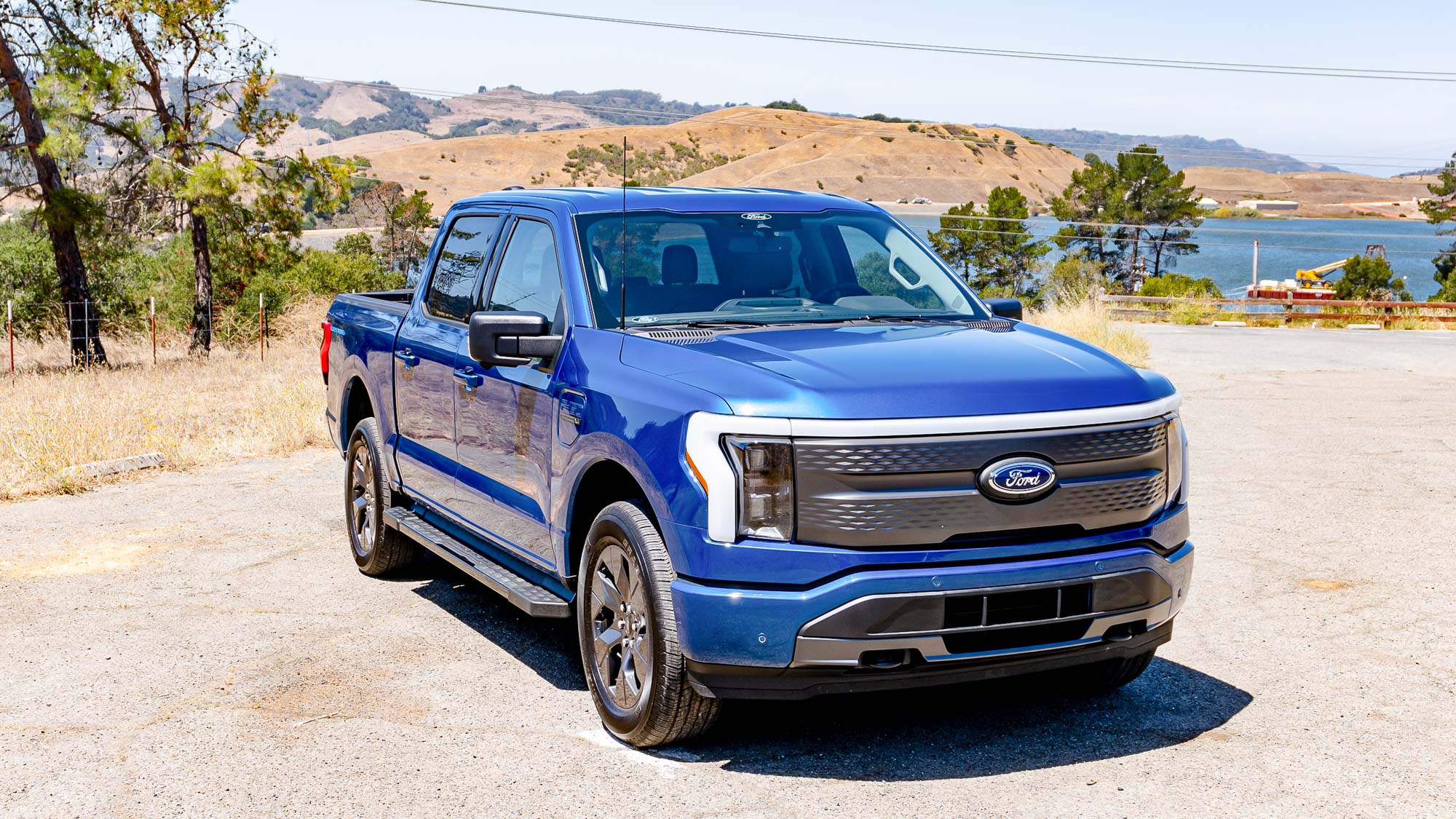
The electric car tax credit has changed, and that means all the eligibility criteria have changed with it. While still worth up to $7,500, the Inflation Reduction Act means that the majority of electric cars no longer qualify. As time goes on the eligibility criteria is only going to get stricter too.
Right now only a handful of fully-electric vehicles do, and two of them are commercial vans you're not likely to want. There are other financial incentives available at state and local levels, but the federal credit is still the main way to save money on a brand new electric car.
So if you’re on the lookout for a new electric car, and want to be able reclaim some of the listed price, here are the electric cars that are still eligible for the $7,500 federal tax credit.
Nissan Leaf
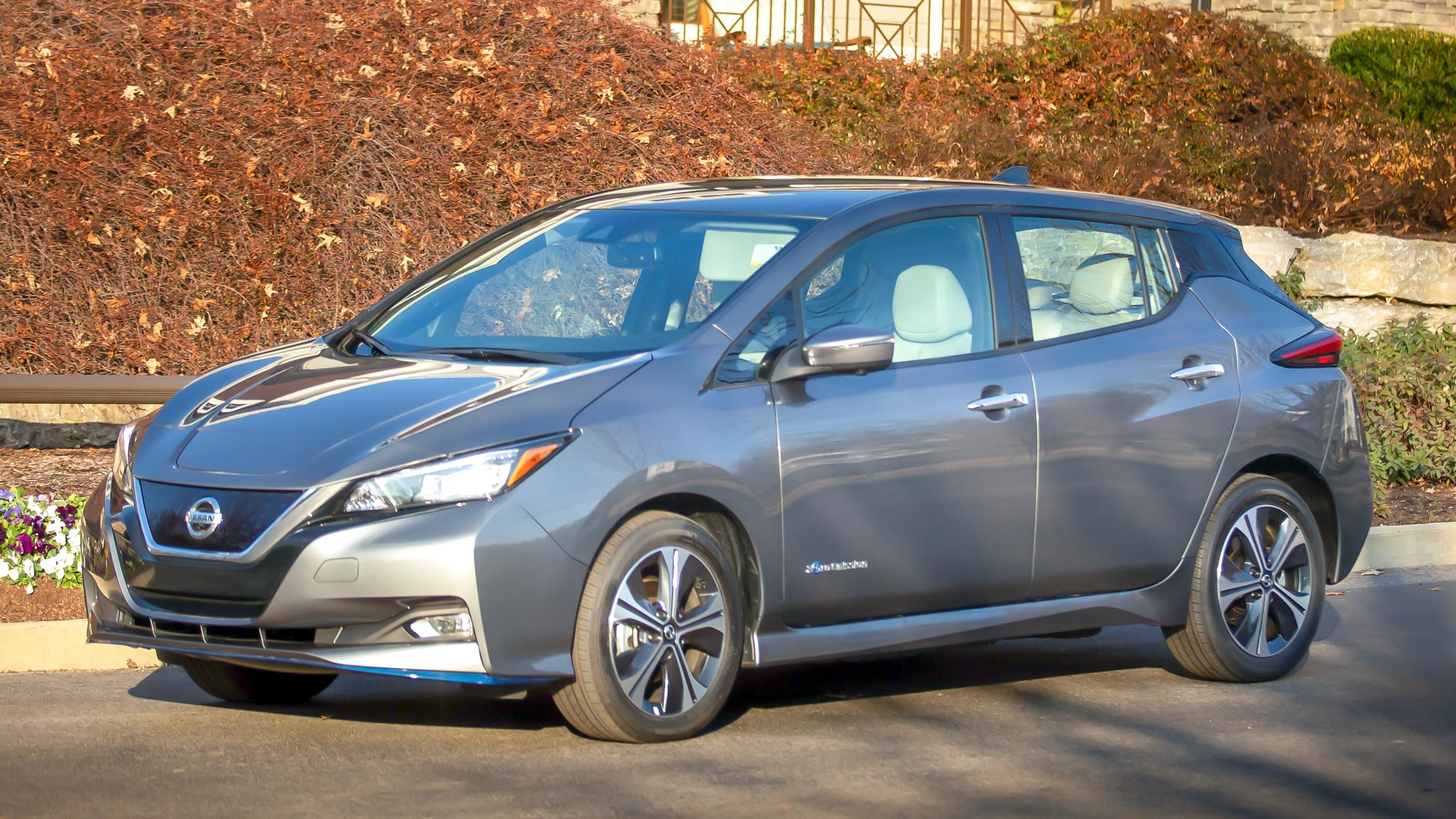
The Nissan Leaf is one of the least expensive electric cars currently on sale in the United States, with prices starting at just $27,400. Throw in the tax credit and that price can drop a lot lower, as low as $19,900 if you’re eligible for the full $7,500 credit. In our Nissan Leaf review, we noted that this particular EV is fantastic value for money — one of the reasons it's on our list of the best electric cars.
There's a pretty good selection of features and power in this budget offering too. In its cheapest form the Nissan Leaf offers 149 miles of range, 50 kW rapid charging, 148 horsepower, an 89 MPH top speed. The pricier 62 kWh model also offers 226 miles of range, 99 MPH top speed, 215 horsepower and 100 KW rapid charging. Both models have 15.4 cubic feet of trunk space, but folding down the rear seats and utilizing the passenger seat pushes the total up to 116 cubic feet.
Ford Mustang Mach-E
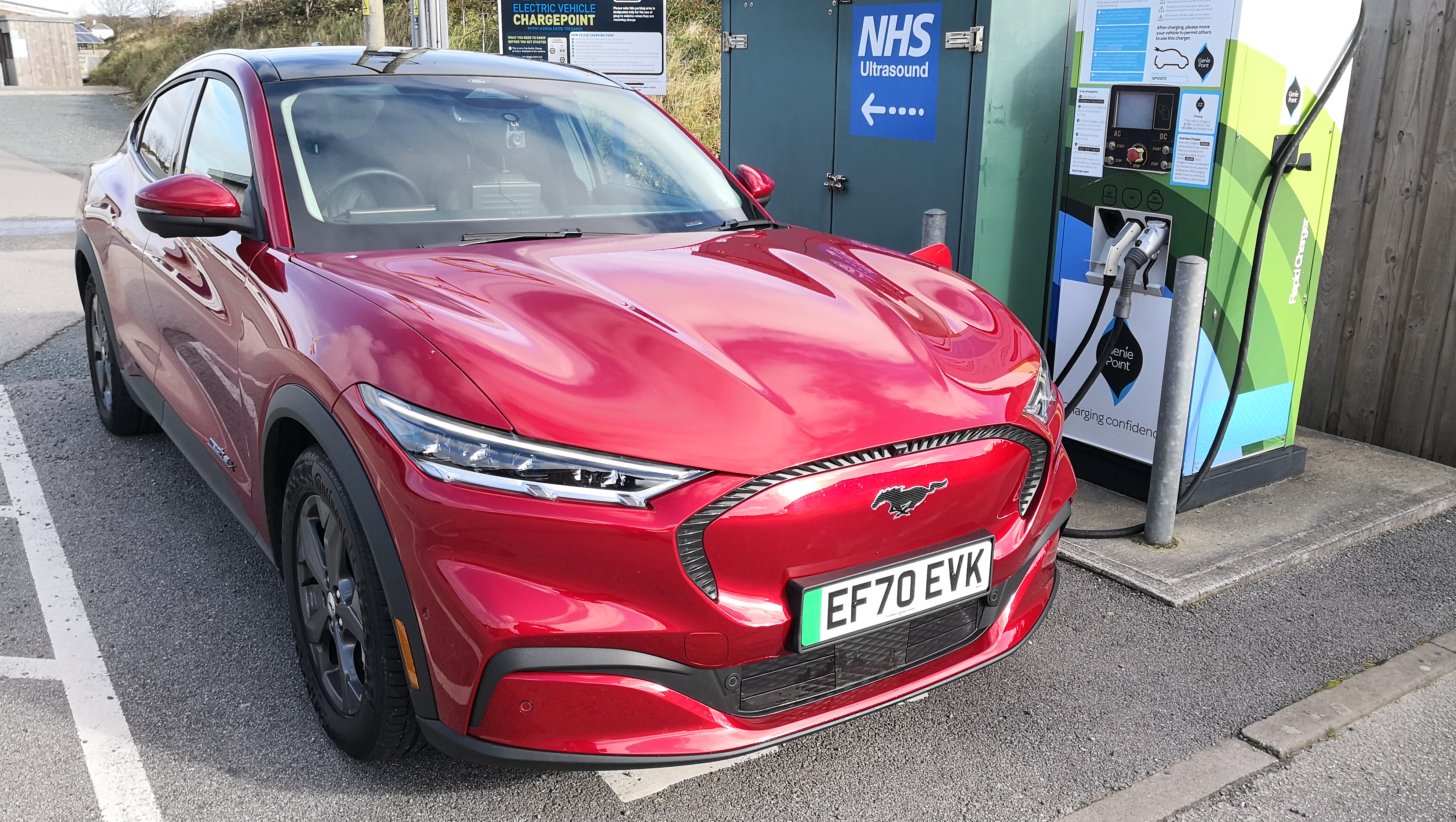
Ford's first (and currently only) EV on sale really knocked the ball out of the park. Prices for this car start at $46,895, the 0-60 time is 3.5 seconds and you can get up to 314 miles of range — a stark improvement since we posted our Ford Mustang Mach-E review. It doesn't take a genius to realize that the Mach-E has something for everyone. Even if it isn't a Mustang in the traditional sense.
Also along for the ride is Ford's Pro Pilot 360 2.0 driver assistance package. That has all the usual features like blind spot warning, lane keeping, adaptive cruise control and more. BlueCruise, the autonomous driving system, is also one of the few that lets you take your hands off the wheel for certain periods of time.
Sign up to get the BEST of Tom's Guide direct to your inbox.
Get instant access to breaking news, the hottest reviews, great deals and helpful tips.
While the IRS previously considered the Mach-E as a car, not an SUV, that's no longer the case. This means the GT and California Route 1 models (starting at $70K and $64K, respectively) now qualify for the full credit.
Rivian R1T

The electric truck space is on the verge of blowing up, and Rivian managed to make it to market just in time. While not the first all-electric truck on the roads, it’s the only one that is eligible for the federal tax credit. That means the $73,000 starting price could end up as low as $65,500.
For that money you’re getting a quad-motor AWD, 314 mile EPA range estimate, Driver+ autonomous driving assistance, Alexa support, a built-in tire compressor, a 15.6-inch infotainment display and 12.3-inch digital gauge cluster, plus so many more cool little features hiding away. The truck even has a towing limit of 11,000 pounds, and an incredible 3-second 0-60 time.
But adding extras onto the R1t can push the price up, and past the upcoming $80K price cap on electric trucks. So keep it cheap, or get your orders in as soon as you can.
Ford F-150 Lightning
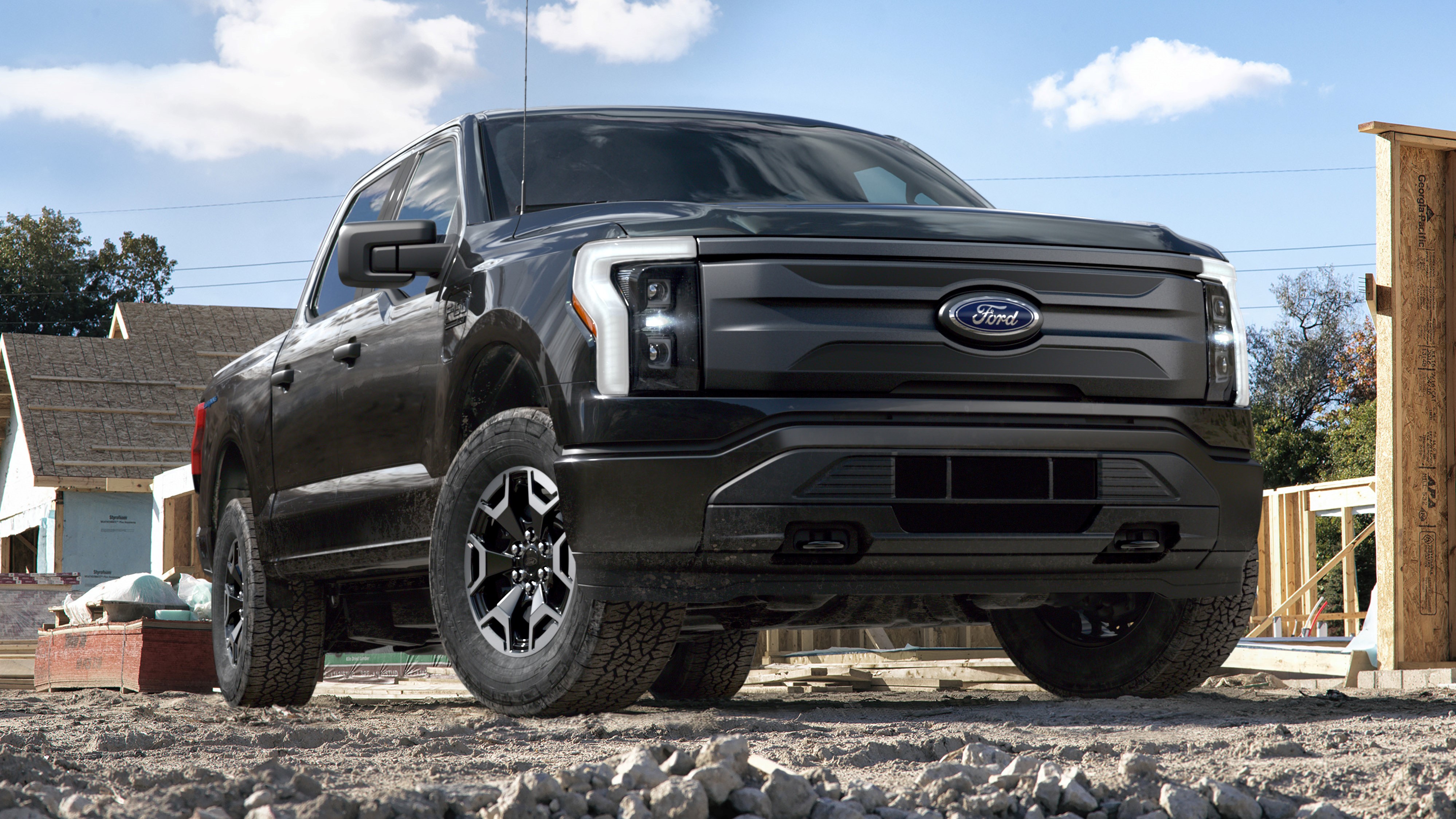
The Ford F-150 Lightning is the latest addition to Ford's ever-popular F-Series. Fortunately electrifying the best-selling vehicle in U.S. history is a bet that paid off, with our Ford F-150 Lightning review declaring this to be the best pickup on the road. And there's been so much demand that Ford had to stop taking orders. Thankfully they're open again, and the truck is still eligible for the federal tax credit.
So what do you get? Up to 320 miles of range, a 0-60 time in the mid-four second range, the BlueCruise semi-autonomous driver assistance system, smart hitch assist technology, and the ability to turn your car into a mobile generator. Whether you need to charge gadgets, other cars, or even power your home, the F-150 Lighting can provide you with the power.
There are other electric trucks on the way, all of which sound incredibly impressive, but Ford has already set the bar so high. And one of these trucks can be yours for as little as $48,474 thanks to the EV tax credit.
Rivian R1S

Starting at $78,000, the Rivian R1S is the R1T truck's sportier cousin. The S stands for SUV, in case you didn't know, and that market is already plenty competitive, so Rivian will need to wow people to get them on board.
But the R1S has almost as much as the R1T, packing in up to four electric motors, over 320 miles of estimated range, a 0-60 time of 3 seconds and up to 7,700 lbs of towing potential. There's also the same Driver+ autonomous driver assistance, built-in 4G and Wi-Fi, and room for up to seven passengers — or up to 104 cubic feet of storage. It's all up to you.
Being an SUV, the Rivian R1S should remain eligible for the EV tax credit from January 1 — thanks to the higher $80,000 price cap for trucks and SUVs.
Volkswagen ID.4 (2023 model)
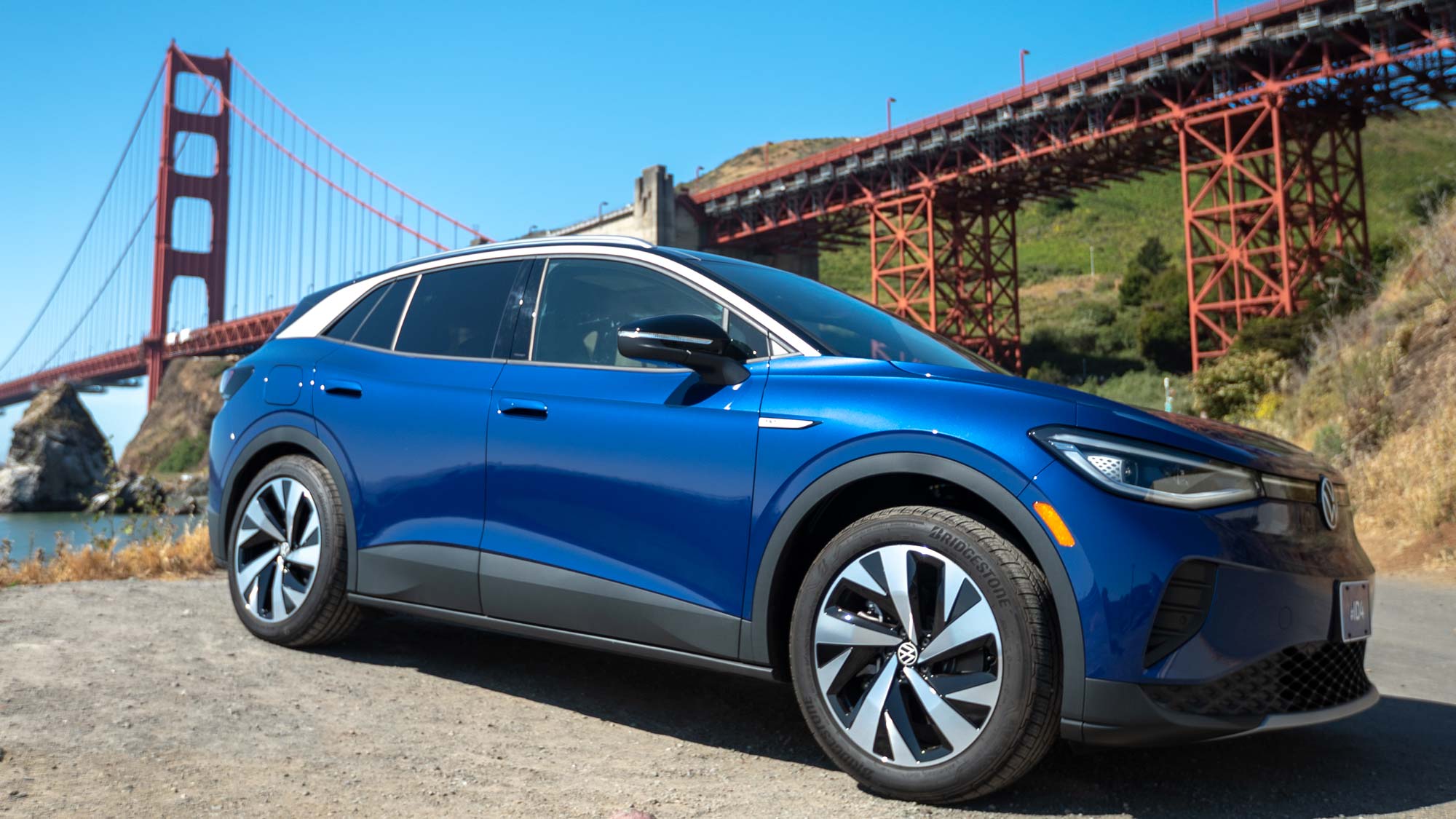
While it's not the most exciting electric car on the market, Volkswagen's ID.4 is a solid choice for drivers who prefer practicality over driving something with the obvious "wow" factor. Prices start at $37,495, and you're looking at range between 208 and 275 miles depending on the model you choose.
While the ID.4 does come with some fancy features, like wireless versions of Android Auto and Apple CarPlay, it's also missing some staple EV features. The ADAS system doesn't offer lane-centering auto steer, for instance, and there's no one-pedal driving option.
Still, as we noted in our Volkswagen ID.4 review, it's comfortable, offers plenty of space for people and stuff, while offering enough range for your basic driving needs. And with up to $7,500 off the price, it's one of the cheaper electric cars on the road.
Tesla Model 3 (RWD only)
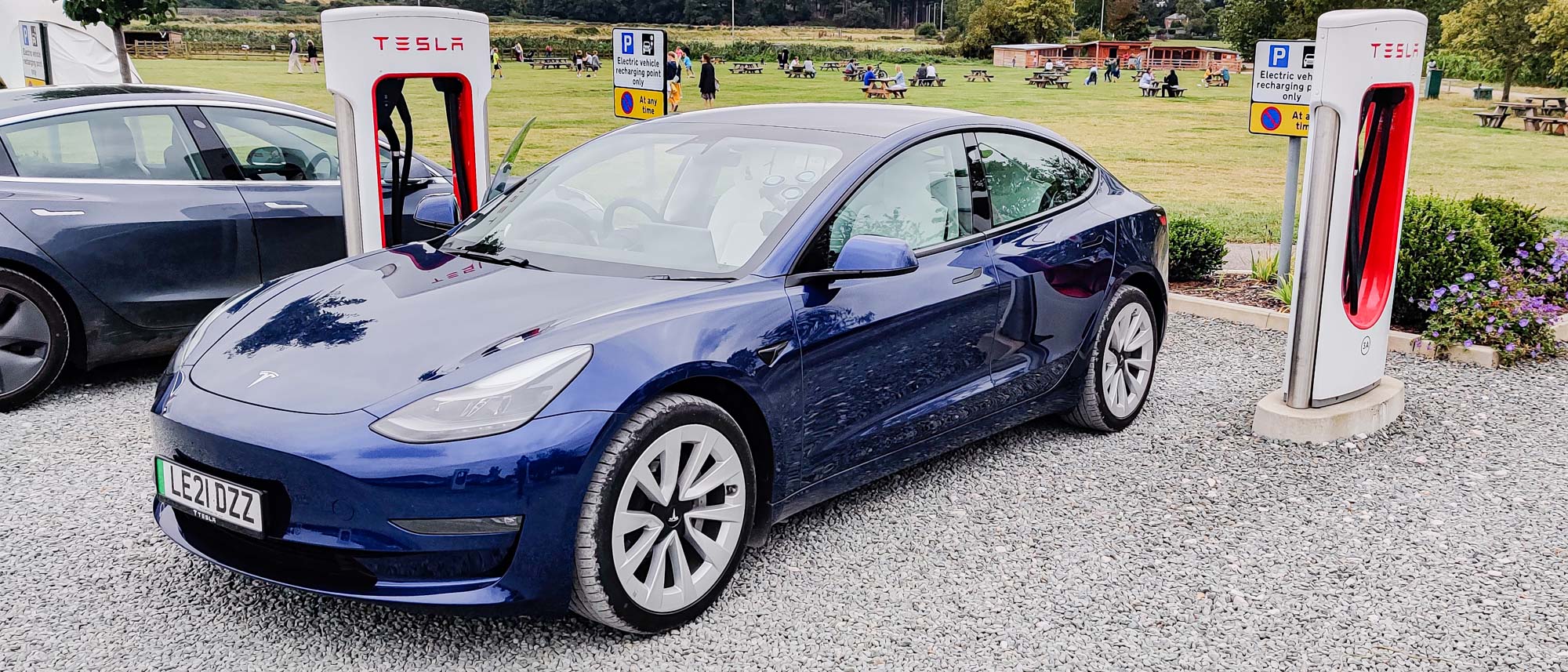
Tesla was the first automaker to lose tax credit eligibility, based on the old sales caps. But the rules have changed, it means you can pick up some of its cars for a slightly lower price. However the $55K price cap means the only Model 3 eligible for the tax credit is the $46,990 standard rear-wheel drive model.
This is the model that comes with 272 miles of range, a 140 mph top speed and a 0-60 time of 5.8 seconds. It's far from the best car Tesla has to offer, but it's your only option to claim that credit unless you want an SUV. Naturally it comes with all the usual Tesla features like Autopilot, Supercharger access and more.
We really enjoyed driving the Model 3 for our Tesla Model 3 review, despite its flaws. So if you're looking for the cheapest possible way to switch to a Tesla, this is the one you'll want to buy.
Tesla Model Y
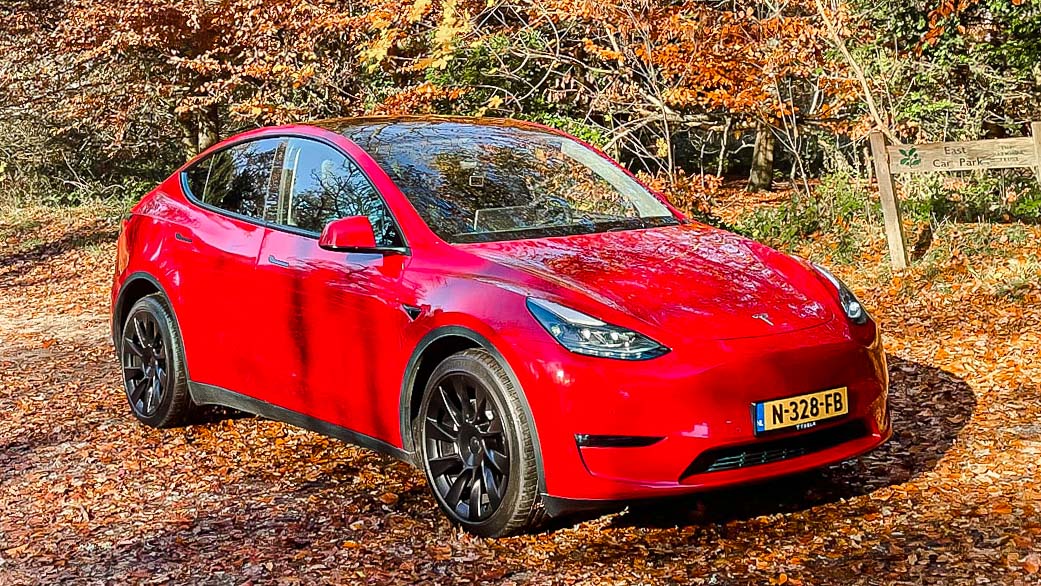
Like the Mustang Mach-E, the Model Y was in a weird situation where the U.S. Treasury didn't consider it an SUV in its 5-seat model configuiration, and meant it was limited to the $55k price cap instead of the same $80K cap afforded to the 7-seater. Fortunately that has now changed, and right after Tesla lowered the Model Y's starting price.
That means both the Long Range (from $54,990) and Performance (from $57,900) models are eligible for the EV tax credit, no matter how many seats you choose to have. Until March 1 at any rate, which is when the rules on materials and battery construction should come into force.
For your money you get up to 330 miles of range, top speeds of 135 to 155 mph, and o-60 times below 5 seconds. That's on top of all the features that make a Tesla a Tesla, and plenty of cargo space to do with it. As we noted in our Tesla Model Y review, this is definitely the Tesla you'll want to buy
Chevy Bolt
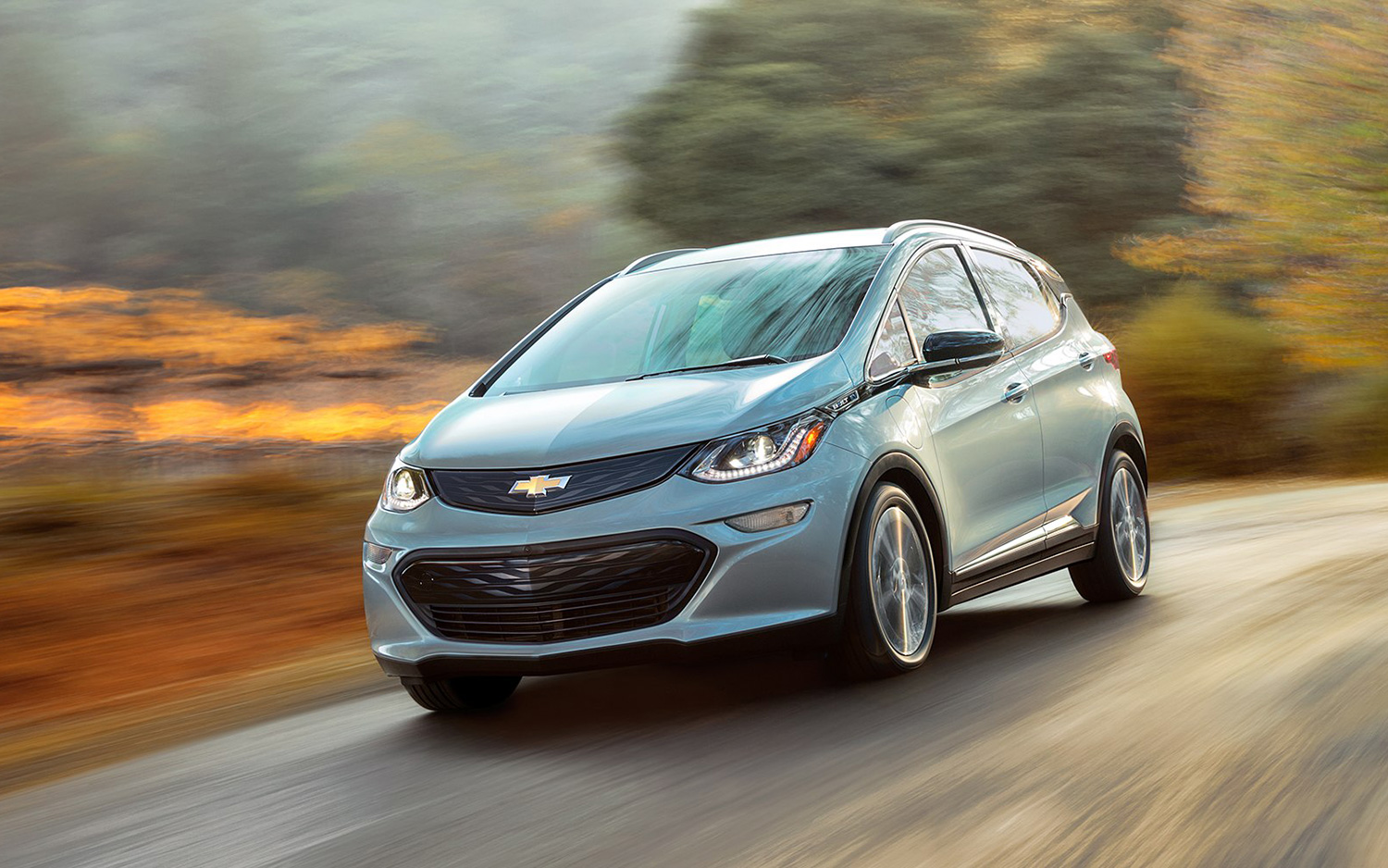
The cheapest car on sale in the United States is now even cheaper than before. The Chevy Bolt is already a bargain at $25,600, but that could be as cheap as $18,100 if the full $7,500 tax credit is applied. And you're getting a heck of a lot for your money there too.
Up to 259 miles of range, a 0-60 time of 6.5 seconds, one-pedal driving mode, and DC recharging that adds 100 miles of range every 30 minutes. So you're looking at a full recharge time of just over an hour. Seven hours if you use a slower 11kW AC charger. There's no lane-centering tech and auto-steering, but there have to be some compromises for getting a car this cheap.
Chevy Bolt EUV
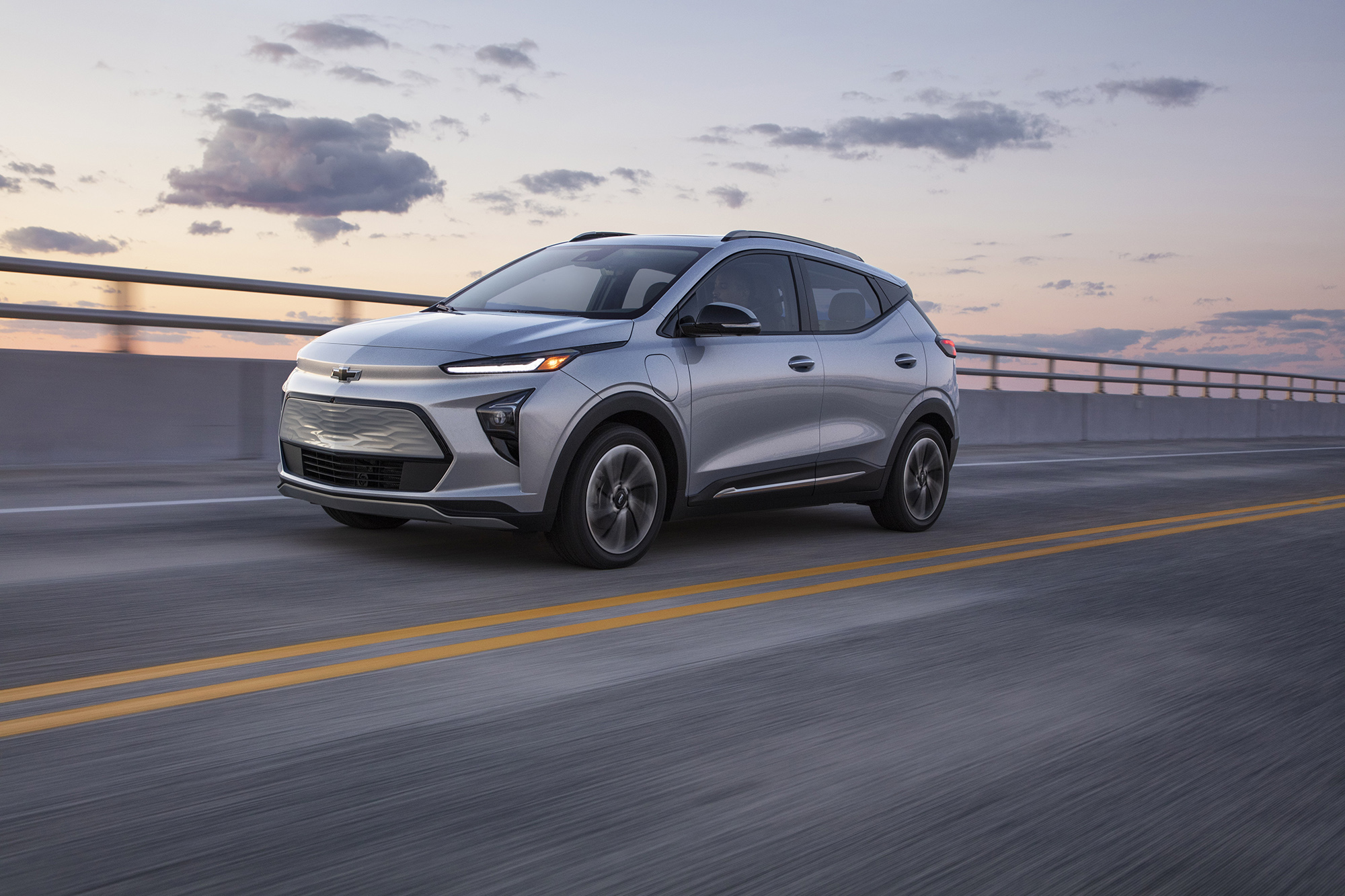
While the naming may seem confusing, the Chevy Bolt EUV (or electric utility vehicle) is a different car. In fact this may be an electric car for those people who feel the regular Bolt is a little too small and want something with an SUV-inspired design.
Prices start at $27,200 which gets you 247 miles of range, up to 56.9 cubic feet of cargo space and, perhaps more importantly, access to Super Cruise — General Motors' autonomous driving system. However the size means it's slightly slower and takes a little longer to recharge — only recouping 95 miles in half an hour.
Our Chevy Bolt EUV review notes that it's a very capable commuter car and an absolute joy to drive. It just so happens it's going to cost you a little less than before.
Cadillac Lyriq
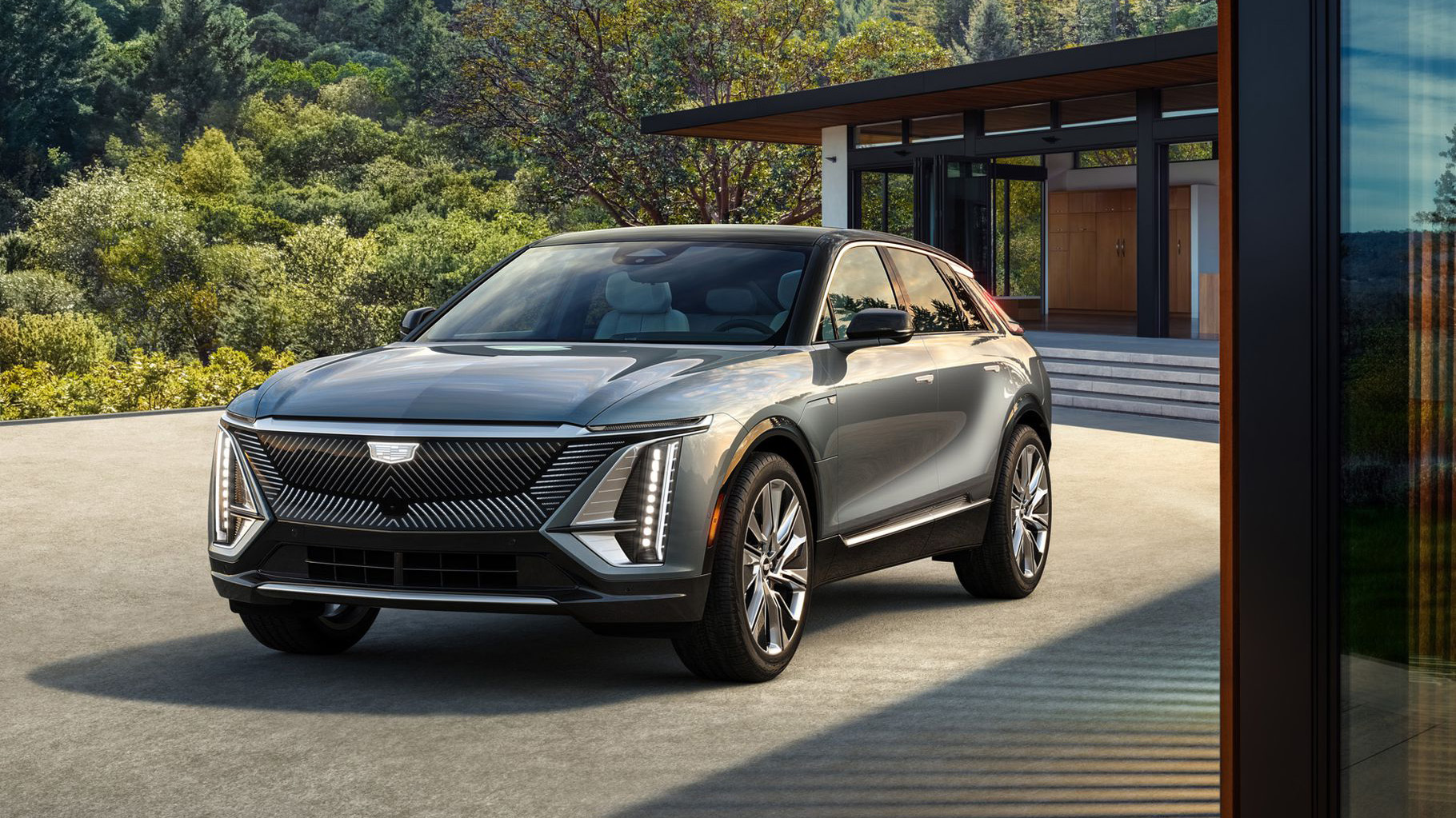
Another beneficiary of the Treasury department tweaking its rules, the Cadillac Lyriq is now classified as an SUV — meaning its $62,900 starting price falls within the $80K price cap. That price nets you a range of up to 308 miles, 340 to 500 horsepower, and a smorgasbord of hi-tech and luxury features you'd expect from a car that costs this much.
That includes a 33-inch digital dashboard display, wireless Android Auto and CarPlay, the Super Cruise hands-free autonomous driving system, faux leather upholstry, 3,500 lb towing capacity, customisable interior lighting and a fixed glass roof.
What is the EV federal tax credit and how does it work?
The EV tax credit has undergone some changes recently, thanks to the newly-enacted Inflation Reduction Act. That means the credit's eligibility criteria has got a lot stricter since August 16, and it's limited the number of cars that can offer it.
The principles of the credit are still the same. Anyone who purchases an eligible plug-in electric vehicle will be able to claim a tax credit worth up to $7.500. This applies to both electric cars and plug-in hybrids, and the total amount depends on how much range and battery capacity the car has to offer.
Claiming the credit requires form 8936, the Qualified Plug-in Electric Drive Motor Vehicle Credit. This can be found on the IRS website alongside instructions on how to fill it in.
By 2024 certain approved dealers will be able to deduct the value of your tax credit at the point of sale, essentially giving you a discount on the car.
How do cars become eligible for the EV tax credit?
In theory all automakers that sell electrified cars, be they fully-electric or plug-in hybrids, can sell cars eligible for the EV tax credit. However, Post Inflation Reduction Act, the criteria is a lot stricter than it used to be and will only get stricter as the years go by.
This list of eligible cars will always be in flux, with cars being added or removed based on whatever criteria are in place at any given period.
After August 16 2022 the rule is that only cars that have final assembly in North America are eligible for the EV tax credit. A full list of those cars is available on the IRS website, alongside any relevant price caps. Bear in mind that some cars, like the Cadillac Lyriq, are listed despite the fact the cheapest model is $8,000 more than the $55k price cap.
As time goes on new rules about where car companies source there materials will come into force, with the first wave now starting in March 2023. From March 40% of critical minerals need to be sourced from the United States, or a country that has a free trade agreement with the U.S., while 50% of battery components need to be manufactured or assembled in North America. Those levels will be increasing over time, by roughly 10% every 12 months.
However, the changes also mean that the 200,000 unit sales cap affecting both Tesla, Toyota and General Motors will be lifted on 1st January 2023. Until then those cars are still as ineligible as they were at before the Inflation Reduction Act was signed.
Other incoming rules are price caps, limiting tax credit eligibility to electric cars with an MSRP under $55k and electric trucks under $80k. Eligibility will also depend on your own income, with a $150K limit for single tax filers, $225K for heads of households and $300K for joint filers.
Used cars that cost under $25,000 are also eligible for a separate credit of up t0 $4,000 or 30% of the sale price — whoever is lower. Right now there are no caveats on what car you can claim on, only that it's over two years old and wasn't originally purchased to sell on.
You can read more about all the rules in our electric car tax credit explainer.
Even if you car doesn't have all the latest tech, you can still equip it with one of the best dash cams, the best car heads-up displays, and the best car phone mounts. If you want to know how your car is running, you'll want one of the best OBD II scanners, too.

Tom is the Tom's Guide's UK Phones Editor, tackling the latest smartphone news and vocally expressing his opinions about upcoming features or changes. It's long way from his days as editor of Gizmodo UK, when pretty much everything was on the table. He’s usually found trying to squeeze another giant Lego set onto the shelf, draining very large cups of coffee, or complaining about how terrible his Smart TV is.
